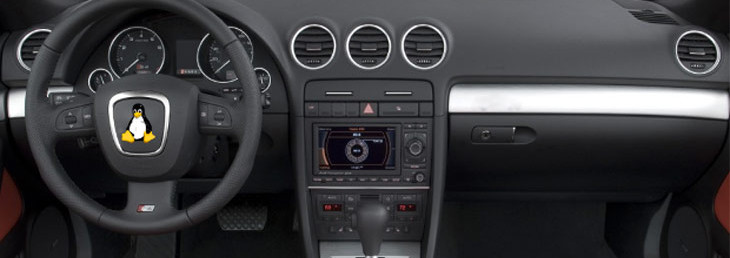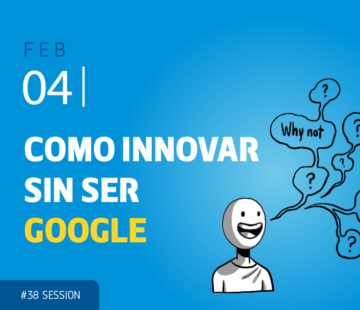AGL: Driving car industry collaboration from the dashboard

Not so long time ago in the car industry every car maker tried to use its own screws and nuts so you could just buy it to them if needed. Today, far from accomplishing a desirable level of standards, collaborative projects as Automotive Grade Linux are an important sign of how times are changing.
Automotive Grade Linux (AGL) is an open collaboration between contributors from the Automotive Industry, the Communications Industry, Semiconductor Industry, Academia, Community and others, combining open source components into a core operating system software stack suitable for automotive applications. AGL builds upon over $10B of investment made in the Linux kernel, as well as many other open-source software projects.
AGL participants include car makers as Hyundai, Jaguar Land Rover, Nissan, Toyota, Ford, GM, or BMW, all reportedly working toward a Linux-driven operating system to operate a broad set of applications ranging from the dashboard to in-vehicle infotainment. Partners participating in the AGL project hope the solutions released will help to ensure that the “connected” cars of the future use open source software to deliver the next generation of entertainment, navigation and other tools for use inside vehicles.
AGL wants to boost every partner ability to increase development efficiency and to save costs around next-generation IVI platforms. But besides that first advantage, Automotive Grade Linux wants to become an open source alternative to attempts from companies as Microsoft, Apple and Google to smarter car dashboards with their own proprietary solutions.
If there is an important consumers trend at the moment this is connectedness. In order for auto manufacturers to keep up with one another, their products will have to be connected. “Openness and collaboration are key to accelerating the development of a common, standard automotive platform so the industry can more quickly achieve its vision of delivering the connected car, said Dan Cauchy, general manager of Automotive, The Linux Foundation.
